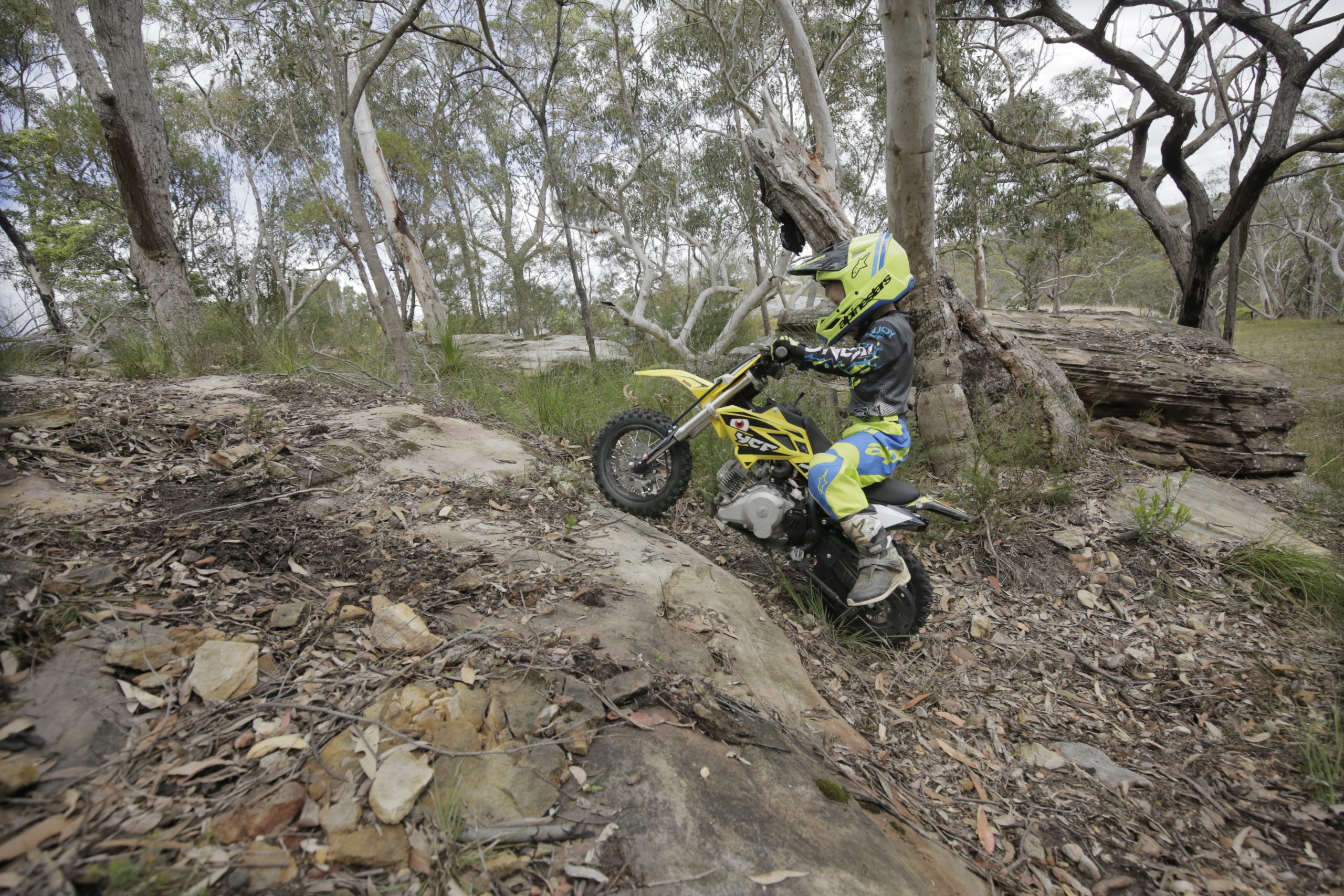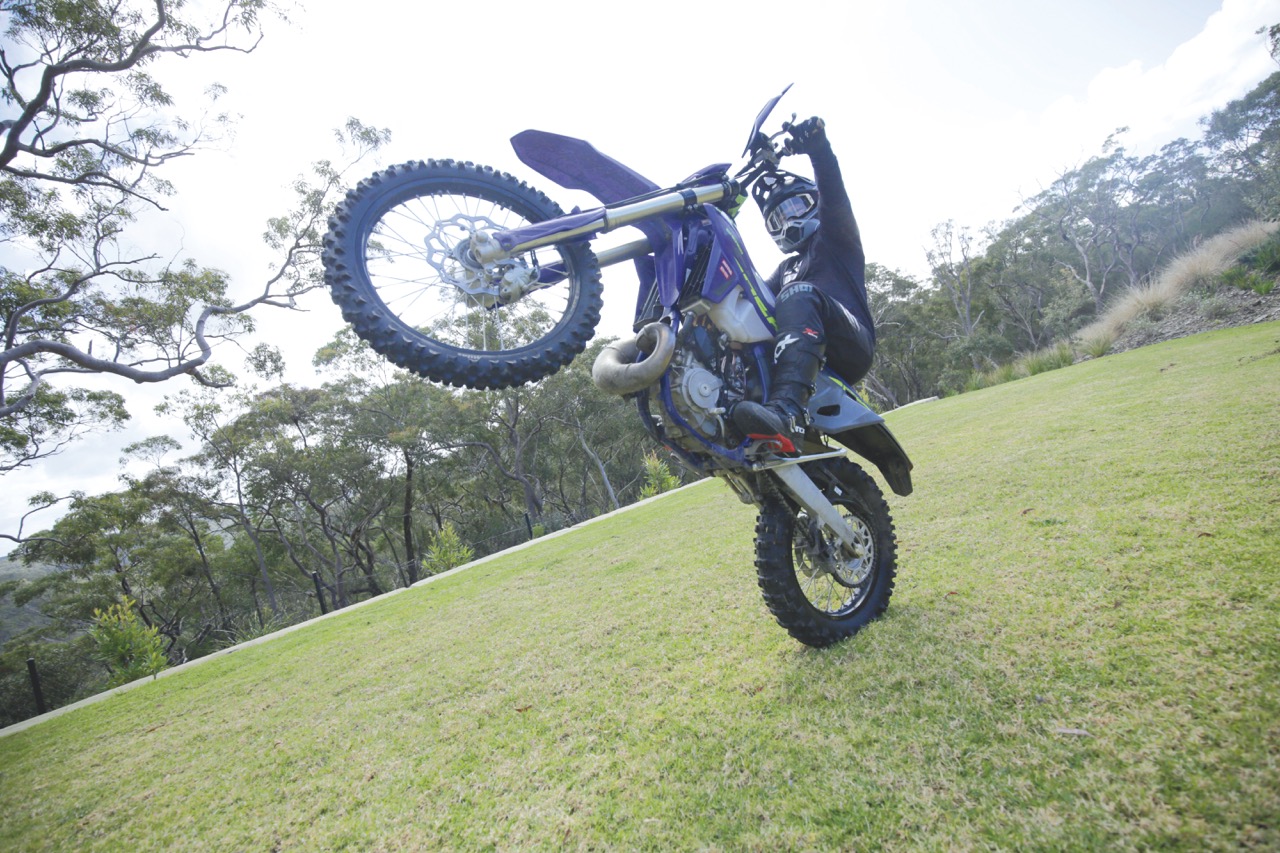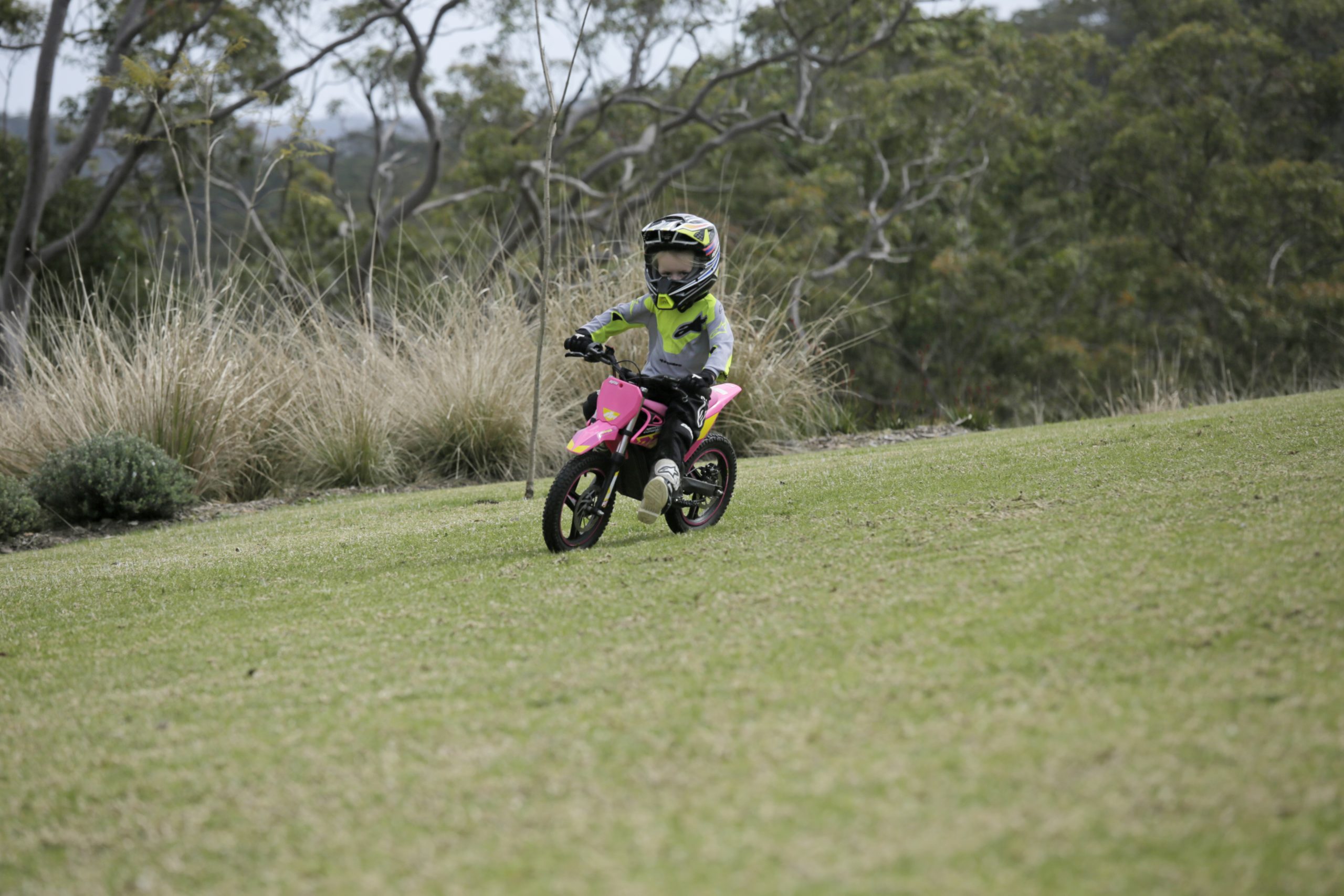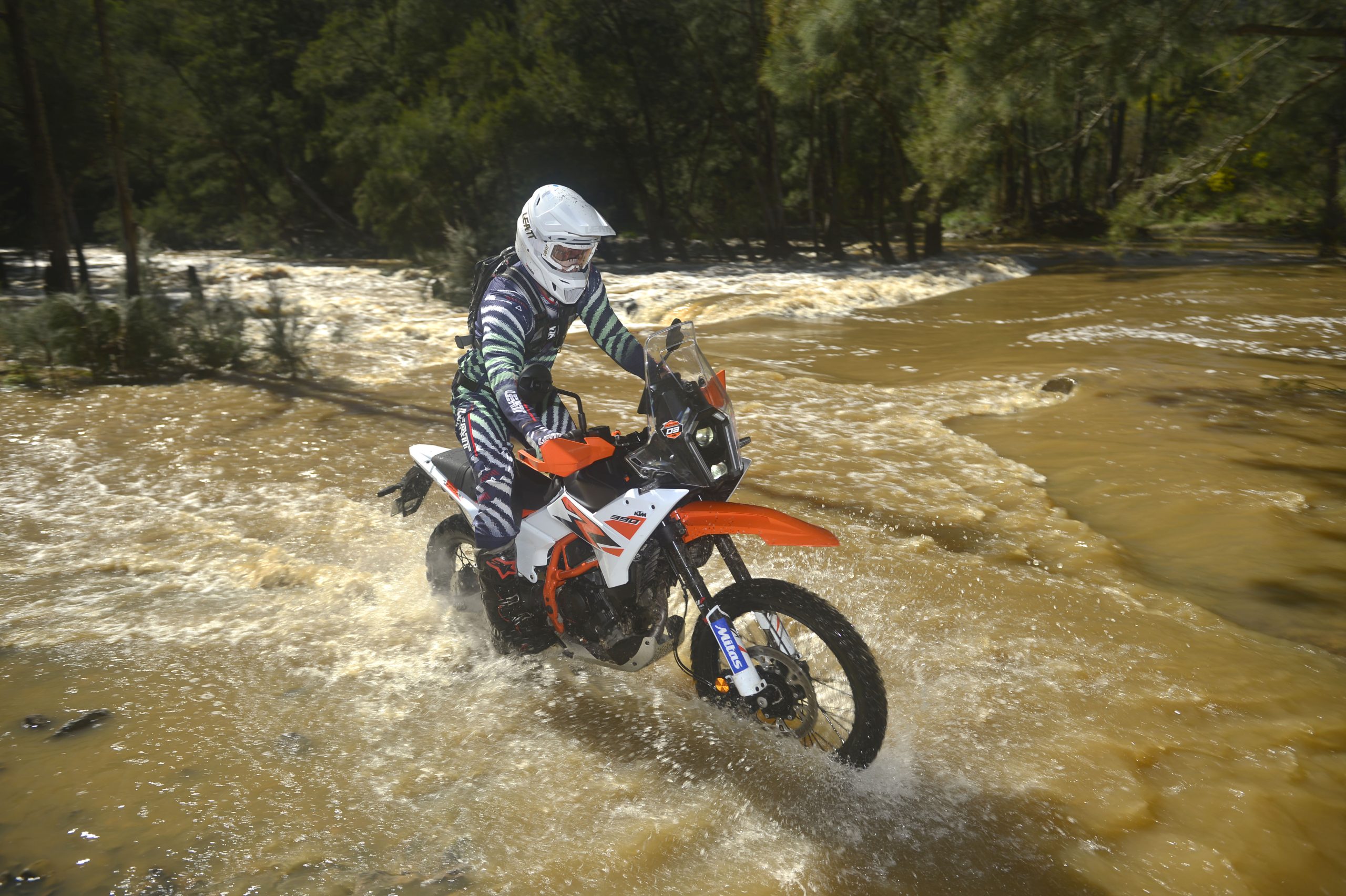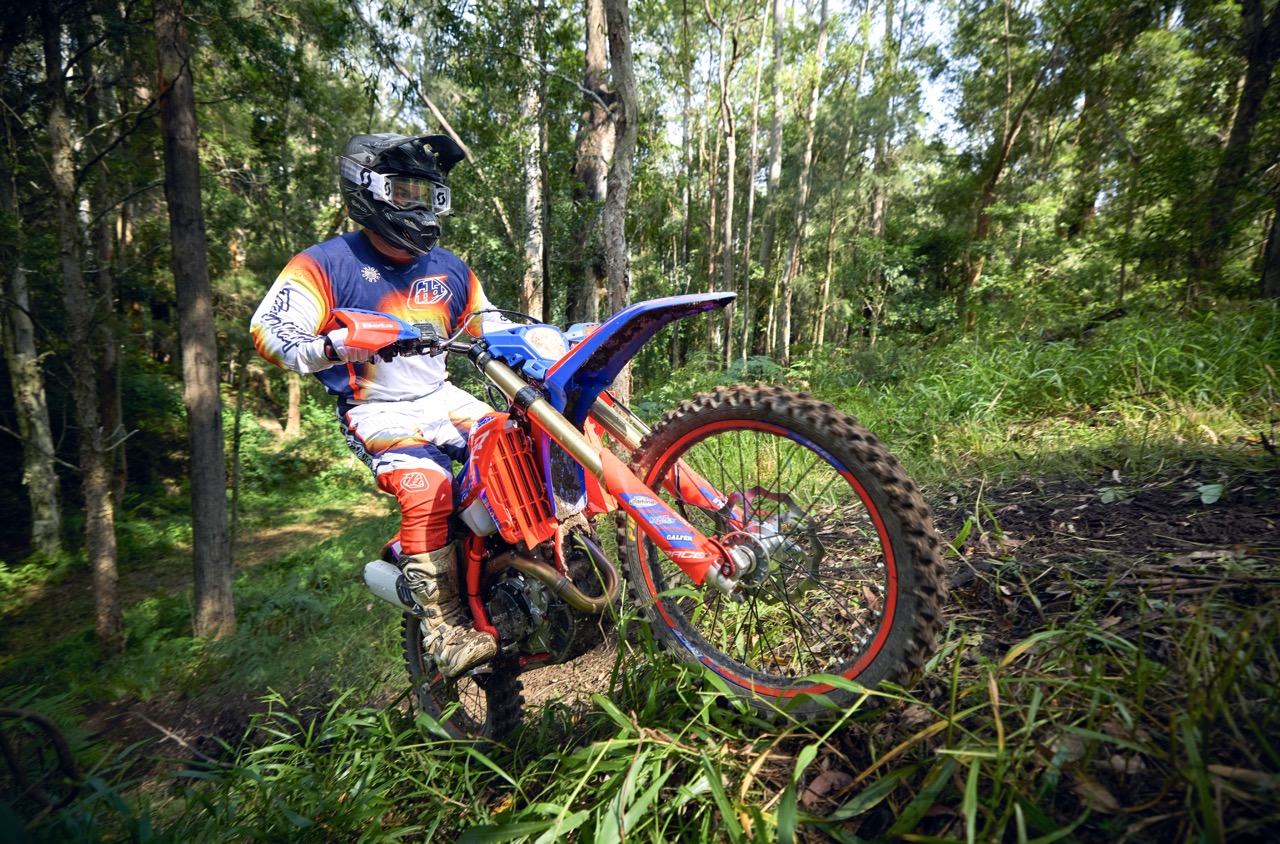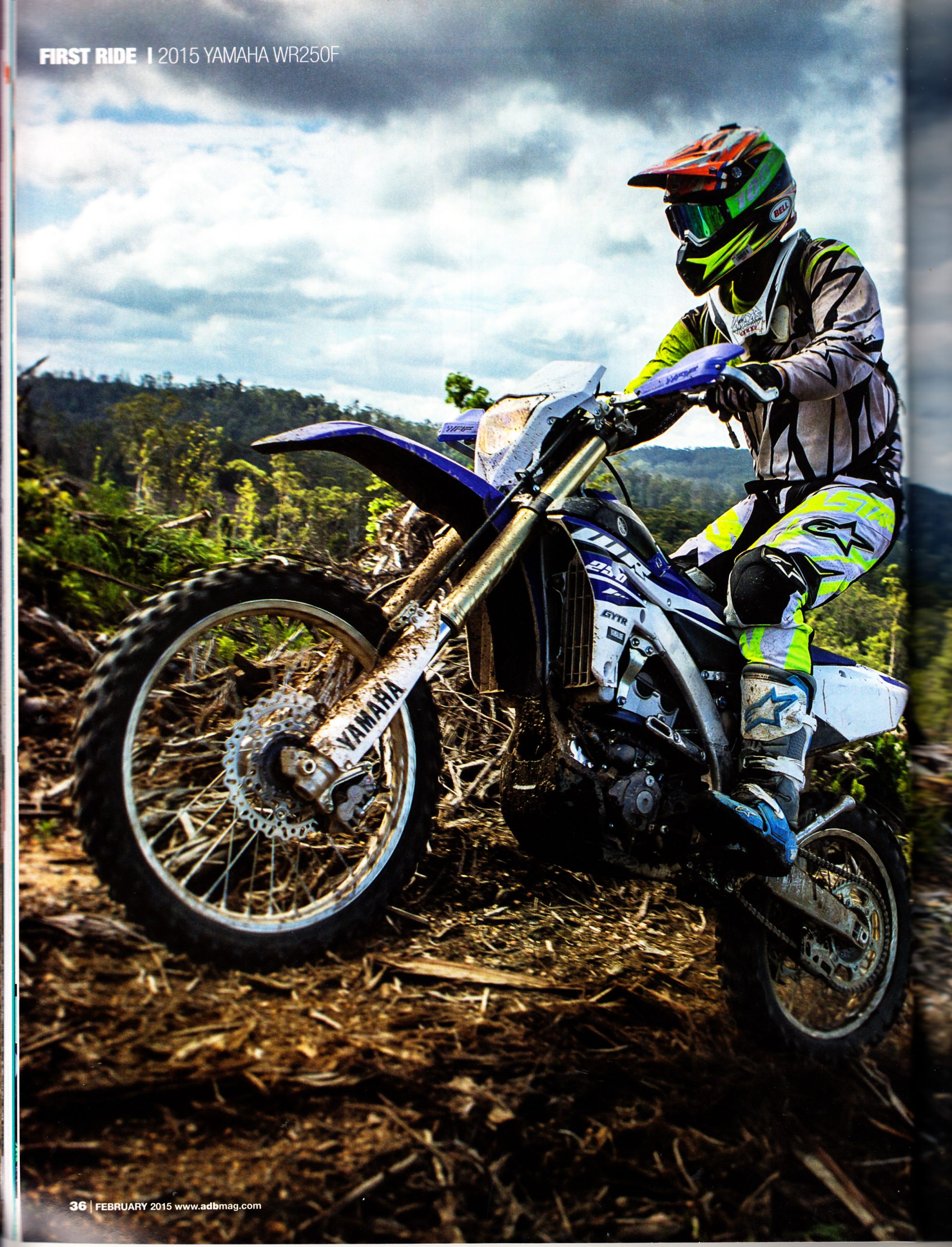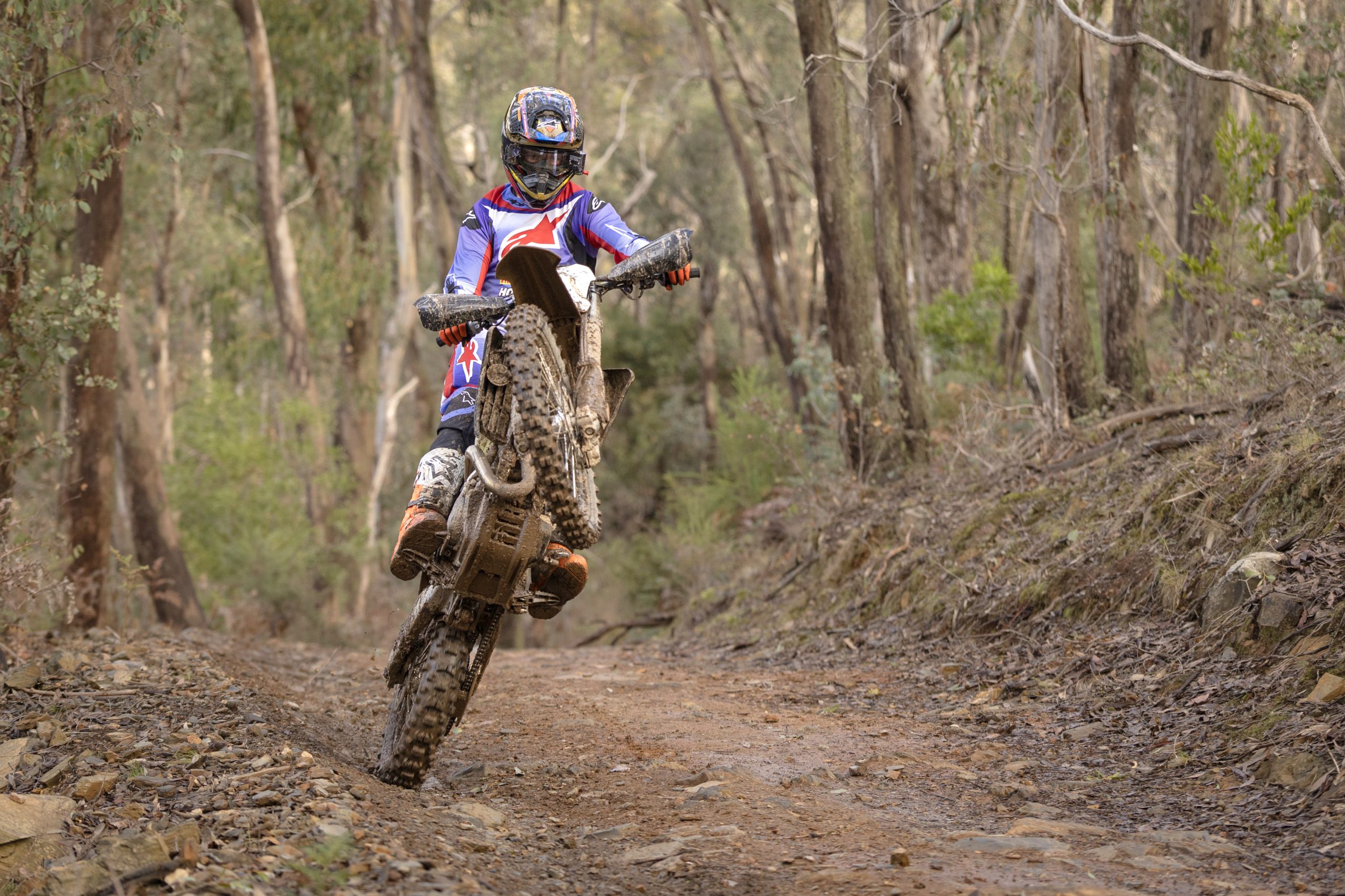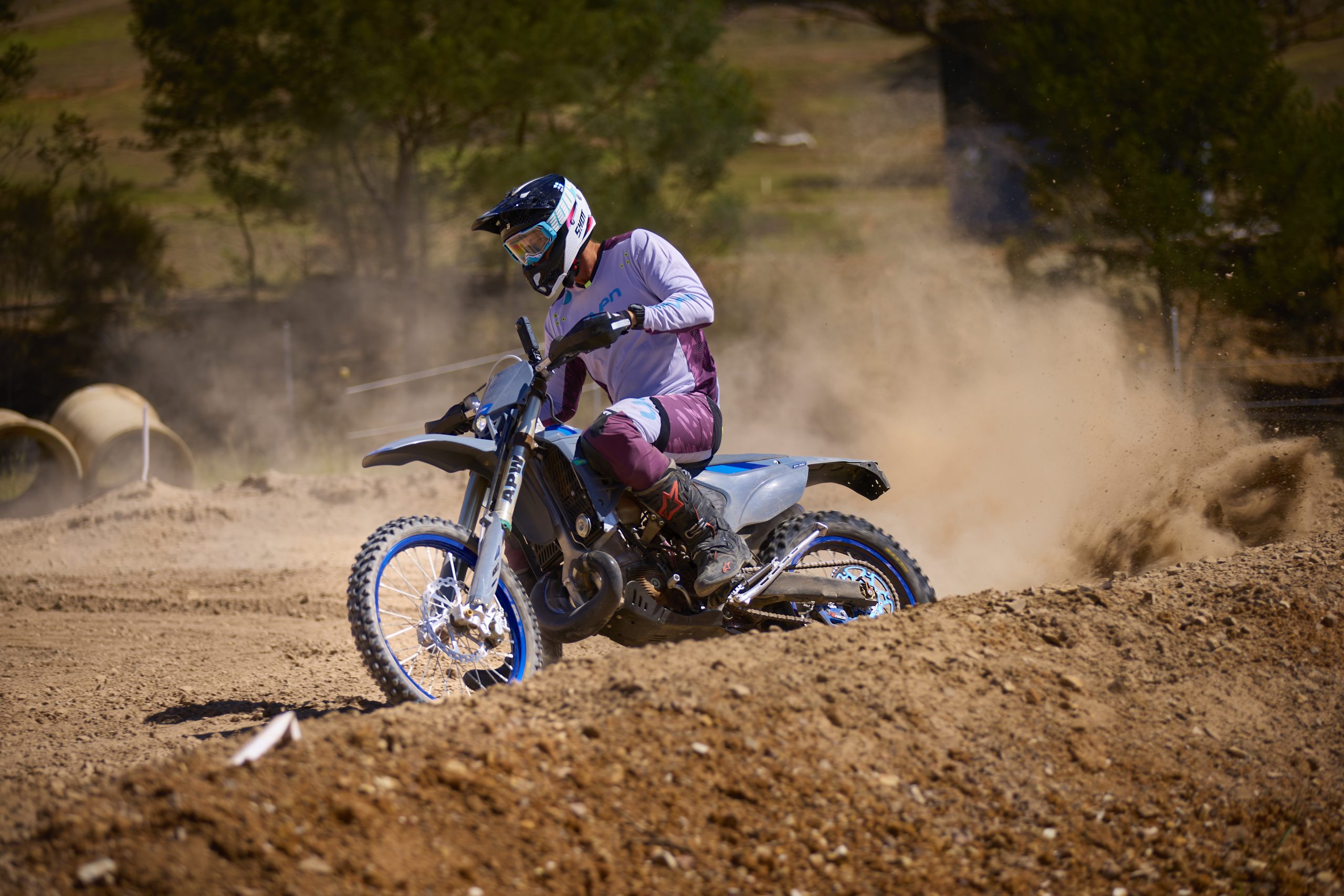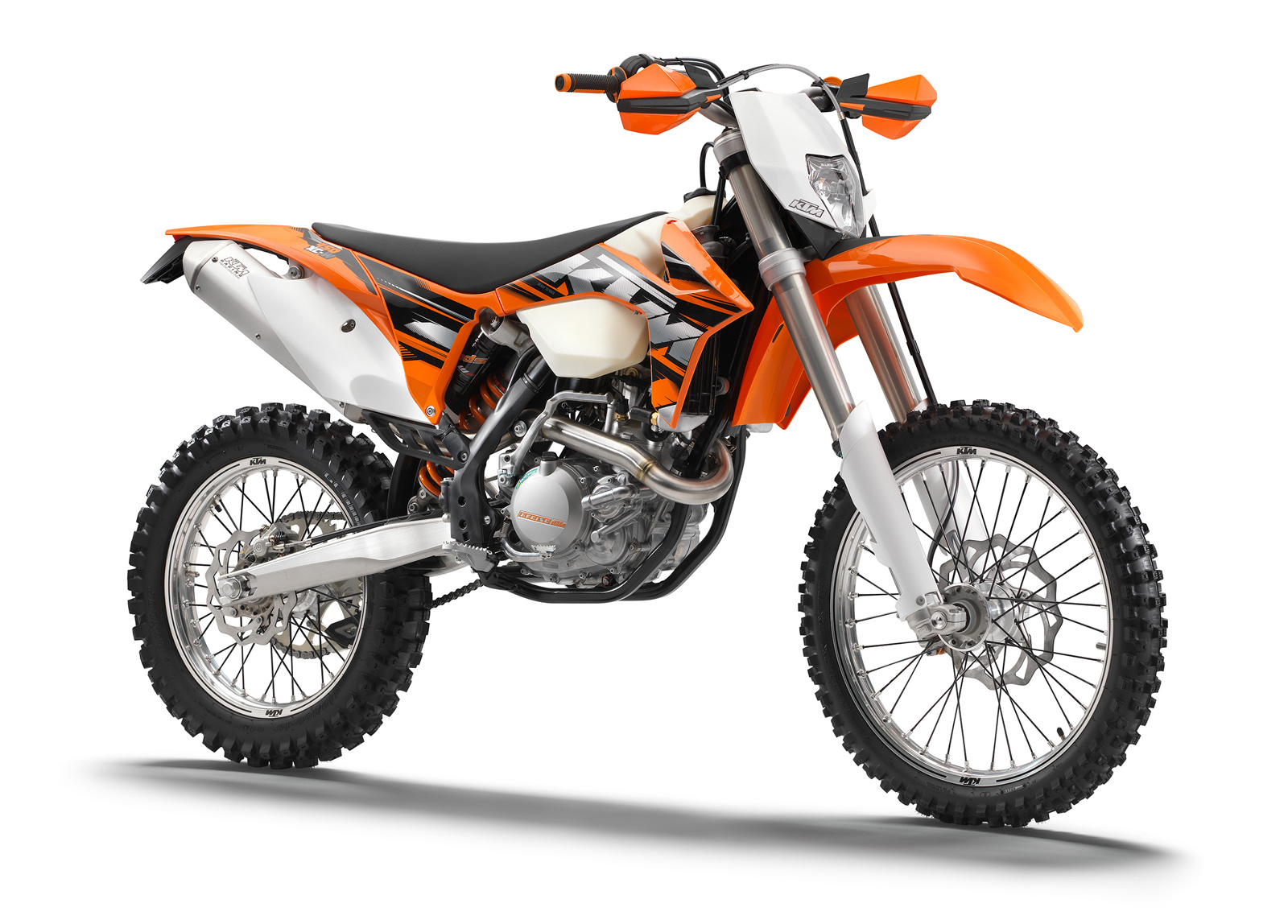Many people would not be aware of the historical significance the Tiger name has to the Triumph brand. You could argue that the mighty Tiger model is the reason Triumph still stands today, especially the 2024 Triumph Tiger 900 Rally Pro.
During the Great Depression in the 1930s, Triumph faced financial struggles, prompting a strategic shift towards car production. Meanwhile, under the leadership of Jack Sangster, Ariel Motorcycles thrived. Sangster then assumed control of Triumph in 1935, appointing Triumph’s designer Edward Turner the head of its motorcycle division.
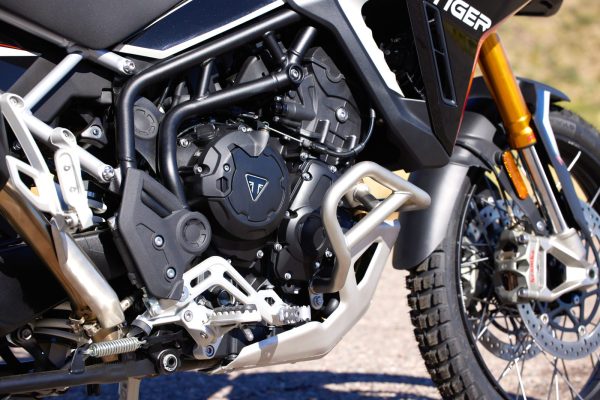
Turner’s innovative designs led to the creation of the Tiger series, which used lightweight singles such as the Tiger 70, 80, and 90 (the number represented the top speed). They sold well, allowing Triumph to break even within the first year and generate substantial profits in subsequent years, effectively restoring the company’s financial stability. Triumph emerged as one of Britain’s most prosperous motorcycle manufacturers.
Then, with the outbreak of World War II in 1939, Triumph adapted the Tiger into the military Triumph 3HW model. However, the Coventry factory, including Triumph’s facilities, suffered heavy damage from German bombing raids on November 14, 1940, halting production of the Tiger 80.
The legendary Tiger name was resurrected by the modern Hinckley Triumph company in 1994 and since then we’ve had a plethora of Tigers with the latest iteration, the 900 Rally Pro their most hardcore, off-road version yet.

WHAT’S SO SPECIAL?
The 2024 Triumph Tiger 900 Rally Pro has more power, torque, and comfort. Triumph has upgraded their trademark three-cylinder engine with a claimed 13 percent increase in power compared to its predecessor, pumping out 108PS (PS is the metric measure of horsepower. 1PS is the equivalent of 98.6% of one HP) and 90Nm of torque. Triumph also tried to give the new triple better tractability at lower revs while retaining the T-plane crank and offset firing intervals. Triumph has also claimed the new 900 can achieve up to nine percent better fuel economy.
For me the most exciting attribute on the spec sheet was the suspension. The Rally Pro model is equipped with Showa suspension (as opposed to Marzocchi on the road version) with 240mm of travel up front and 230mm out the back. Triumph has made it firmer for 2024 with more adjustability.
The Tiger 900 Rally Pro has a bunch of all-new safety features too including better braking and an emergency deceleration warning system that activates your hazard lights during hard braking and automatically deactivates when the rider resumes motion. And to help you stop is a set of Brembo brakes front and rear.
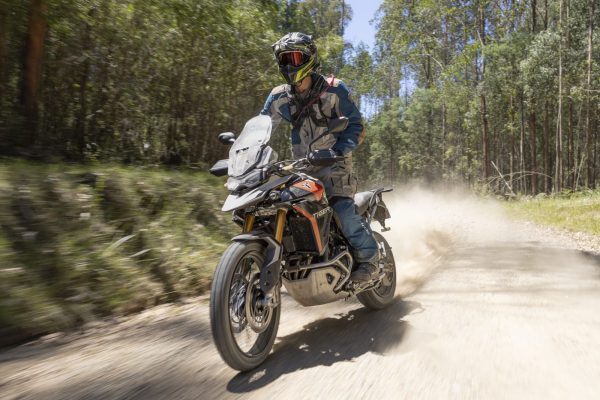
It also gets new marker lights and a new 7-inch TFT screen with fresh graphics and menu systems, alongside a new USB-C cockpit charger.
The booty plank has also been redesigned and is now flatter than ever, great news for us dirtbike riders used to flat seats. It’s also now height-adjustable with 20mm of up and down movement. Oh and the seats are heated now too!
It gets a new damped handlebar mounting system, with the Rally Pro ‘bars now 15mm closer to the rider to feel more like a dirtbike. And like any good off-road machine, the Rally Pro features tubeless spoked wheels, with a 21-inch front wheel.
More power, more traction, firmer, more capable suspension, a suite of new electronic trickery and better fuel economy sounds like marketing hype that’s too good to be true. But a few days in the Victorian High Country straddling a Tiger 900 Rally Pro alleviated any doubts. We absolutely sent one through the legendary Victorian mountain ranges with ADB’s Chief tester Ben Grabham and Isle of Man TT legend Cam Donald to see if we could bend, brake or squash any Triumph parts or marketing hype.
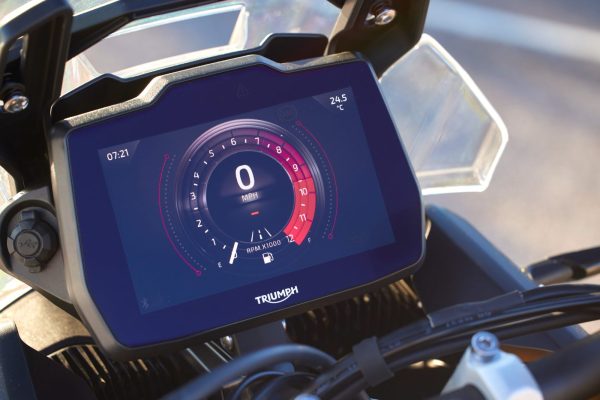
WHO WANTS TO JUMP A TIGER?
Cam Donald was the man responsible for guiding us through the Victorian High Country and boy did he deliver! We had nasty hill climbs, long uphill and downhill tracks littered with jumps and deep ruts, we had some high speed dirt road and some knee-high water crossings. It was the ultimate off-road test for the big cat!
Jumping on the Tiger 900 Rally Pro I noticed the flatter, narrower seat. It felt more like a dirtbike perch than any other Tiger I’ve straddled. I opted to flip the under seat bar into the high position and loved the extra leg room at 188cm. I could still comfortably get my feet on the ground while standing over the seat but didn’t feel cramped when seated.
The Tiger 900 Rally Pro has a regular turn key not a fob so there’s no stress of the key malfunctioning. Seriously, how hard is it to turn a key people! When you turn the ignition on, the new 7-inch display takes a few seconds to light up which was a tad annoying but the new display is excellent. It’s bright and easy to navigate with all the things like rider modes and speed, easy to read.
As we took off I felt the wind under my peak a little so I leant forward and grabbed the plastic arm that lifts the windscreen and adjusted it to the highest setting. Adjusting the screen was quick and easy and didn’t require you to stop or turn any fiddly knobs, just pull the arm towards you and lift. It’s so easy it could be done blindfolded but we don’t recommend trying this down the freeway.
When we hit our first patch of dirt after leaving Melbourne I went to adjust the rider mode and nothing happened. I then remembered in our briefing that the Tiger 900 Rally Pro will not switch from one of the three Road modes to one of the two Rally modes on the fly. If you want to go from Road to Rally you need to stop which is a pain in the arse but it’s there as a safety feature. Triumph don’t want the liability of a customer accidentally switching the mode to Rally Pro while riding on the bitumen in the rain and having no ABS.

The Road modes are fine and the Rally and Rally Pro modes are almost perfect. Both modes engage a more off-road friendly engine map then differ in traction control and ABS. The standard Rally mode would be good for a beginner off-road rider as the traction control is still quite invasive and will only allow for small slides while the ABS is activated on the front and off on the rear.
The Rally Pro mode is almost too pro. I loved the engine map and the traction control which is switched off entirely for long-lasting drifts but it also switched the ABS off front and rear. 10 years ago I would’ve been begging to remove the ABS but since then, technology has improved to a point where it is now safer and better to brake with a little ABS on the front and none on the rear. Fortunately you can modify the Rally Pro map easily on the TFT screen and I chose the Rally ABS in the Rally Pro map.
The ABS on the front of the Tiger was impressive. In fact, the dual disc, Brembo brakes up the front were so strong, I’d say they are the best I’ve ever used. They were incredibly sensitive and ridiculously strong. With the ABS set to minimal intervention on the front I could literally grab as much as I wanted and not low-side. In fact, I could ride entire off-road sections using just the front brake!
The jewel in the Triumph crown is meant to be the three-cylinder engine with T-plane crank and 1,3,2 firing order. It’s impressive as it sounds like a pissed off demon with power and torque everywhere but it did have a slightly docile bottom-end. However, it turns out that docile throttle opening was actually a good thing. We attacked one hill climb that almost required you to sit down and paddle up and the slightly docile bottom-end made managing throttle input a breeze. The rear-end got excellent grip because I wasn’t breaking traction from an overly aggressive bottom-end.
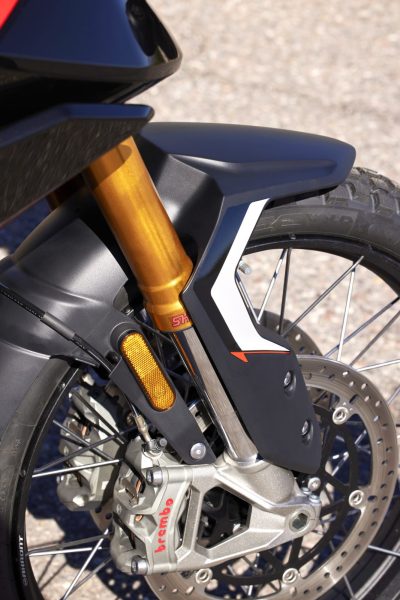
The motor made its best power in the mid-range unloading a surge of power that spewed torque all over the fire roads but I would say the Showa front-end is now Triumph’s outstanding trinket. About an hour into the ride I pulled up on the side of the road and complained to Grabbo about the front-end bottoming out and the rear-end dancing around a little. Grabbo had the same concern but unbeknownst to me had pulled up a corner earlier and started playing with the fork.
The Showa fork has loads of manual adjustment (yep, no electronics to get in the way) so Grabbo told me to keep going firmer on the compression adjuster on the right fork leg. I blew him off like “yeah, whatever, everyone says just go firmer in compression” thinking the change would make minimal difference but after a fast downhill section on the dirt I was eating my words. I’ve never felt such a big change in performance before. By going firmer in compression it drastically improved the stiffness of the fork without feeling harsh. So, every time I hit a section of nasty dirt track, I’d reach for the compression adjuster, wind it on, then, when I’d get back on the bitumen, I’d back it off.
The shock didn’t quite have the same adjustment but the changes we did make made a huge difference. We could adjust the rebound on the bottom of the shock and by winding it in we slowed the rebound and with a little more preload it held it up a little better and stopped the shock dancing around giving it incredible drive and traction.
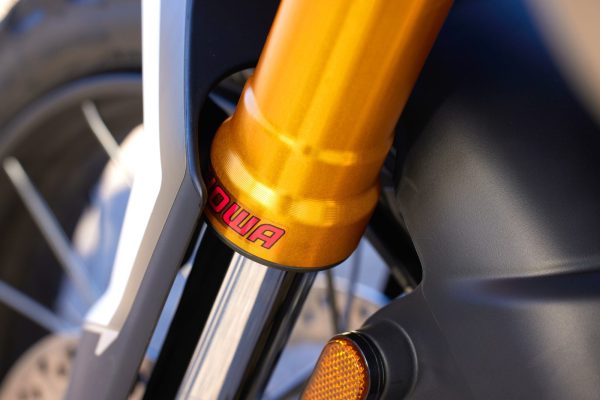
CAN YOU TRAIN A TIGER?
The Triumph Tiger 900 Rally Pro was an absolute beast in the dirt. It’s the most off-road focused adventure bike Triumph have produced and it’s obvious with the firmer Showa fork, longer travel suspension, flatter seat and more powerful motor. The two Rally Modes were superb and being able to customise them without an engineering degree made the Tiger even more rideable.
The six-speed gearbox was a gem off-road, thriving in first and second. 240mm of travel up front and 230mm out back meant you could jump the Tiger over a metre high, flat land and still ride out without any scary moments. The 320mm twin disc Brembo brake was like an anchor for the Pasha Bulker and the adjustable 860-880mm seat height was comfortable for lanky gumby’s like me and short arses like Grabbo. At 228kg wet, it’s not the lightest mid-cap adventure bike but with the narrower, more streamlined dimensions for 2024 you hardly notice it.

2024 TRIUMPH TIGER 900 RALLY PRO
Type Liquid-cooled, 12 valve, DOHC, inline 3-cylinder
Capacity 888 cc
Bore & Stroke 78×61.9mm
Compression 13.0:1
Fuelling System Multipoint sequential electronic fuel injection with electronic throttle control
Final Drive O-ring Chain
Clutch Cable, wet, multi-plate, slip and assist
Gearbox Six speed
Front Tyre Metzeler Tourance, 100/90-19
Rear Tyre Metzeler Tourance, 150/70R17
Front Suspension Showa 45mm upside down forks, manual preload, rebound and compression damping adjustment, 240mm travel
Rear Suspension Showa rear suspension unit, manually adjustable preload and rebound damping, 230mm wheel travel
Front Brakes Twin 320mm floating discs, Brembo, Optimised Cornering ABS
Rear Brakes Single 255mm disc, Optimised cornering ABS MENSIONS &
Seat Height Adjustable 860 – 880 mm
Wheelbase 1551 mm
Tank Capacity 20-Litre
Weight 228kg
RRP $25,950
Browser Triumphmotorcycles.com.au
Warranty 12 months
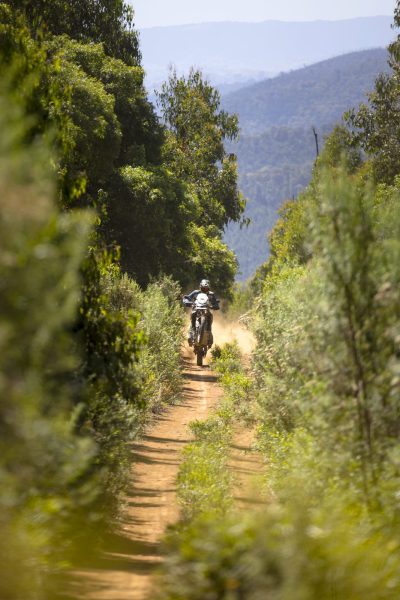
WORDS | MITCH LEES
PHOTOS | DEAN WALTERS
